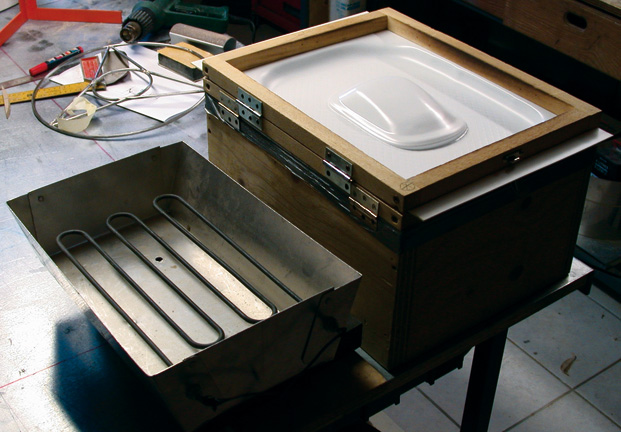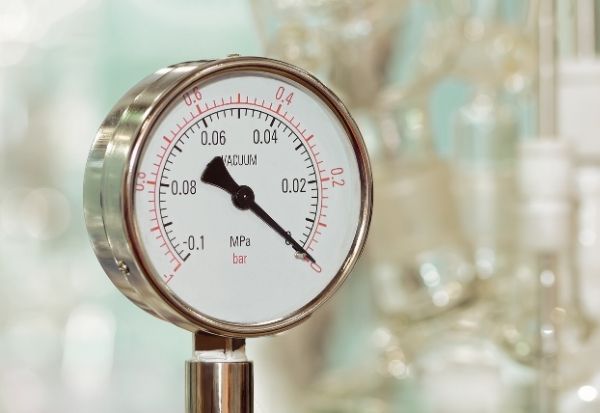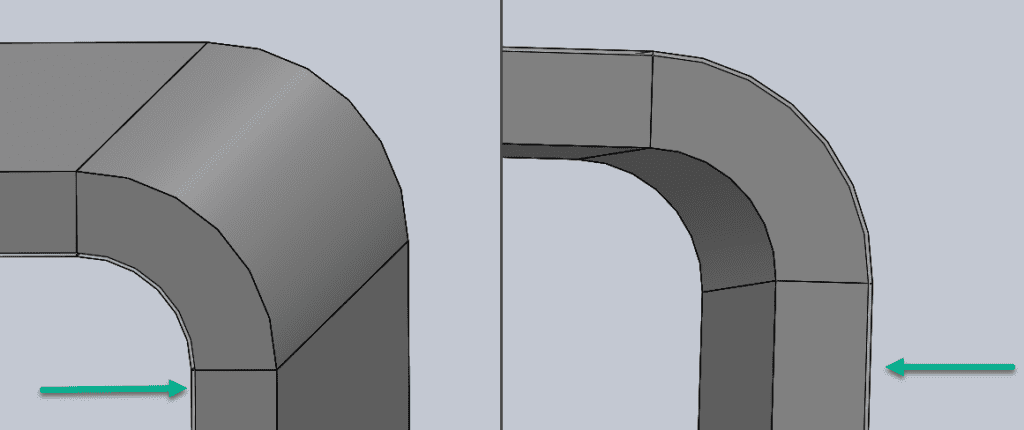Generally ranging from 15 to 28 inHg,Vacuum requirements for vacuum forming vary based on material, thickness, and mold complexity.

Types of Vacuum Pumps
| Type of Vacuum Pump | Advantages | Disadvantages | Best Used For |
|---|---|---|---|
| Rotary Vane Pumps | High vacuum level,Reliable,Versatile | Require oil maintenance, Higher initial cost | High-precision molding, complex geometries |
| Diaphragm Pumps | Oil-free, Low maintenance, Lower initial cost | Limited vacuum level,Lower flow rate | Thinner materials, less complex molds |
| Venturi Vacuum Pumps | Simple design, Quick to deploy, No moving parts | Requires compressed air, Not as high vacuum level | Quick prototyping, simple geometries |
Explanation of Columns:
- Type of Vacuum Pump: The specific pump technology in question.
- Advantages: Key benefits of using the pump type.
- Disadvantages: Limitations or downsides to using the pump type.
- Best Used For: Ideal applications or scenarios for each type of pump within the context of vacuum forming.
Measuring Vacuum Pressure
Measuring vacuum pressure is crucial in the process of vacuum forming. The right amount of vacuum ensures that the material forms accurately to the mold. Incorrect vacuum levels could lead to material defects, incomplete forming, or reduced product quality.

Units of Vacuum Measurement
Different units are employed to measure vacuum pressure. Here are the common ones:
- Inches of Mercury (inHg): This unit is widely used in the United States and is a standard for many vacuum gauges.
- Torr: Named after the Italian physicist Evangelista Torricelli, this unit is another common way to measure vacuum.
- Millibar (mBar): Often used in European countries, millibar is gaining global popularity for its ease of conversion to other units.
- Pascal (Pa): The SI unit for pressure, Pascal is widely used in scientific applications.
Instruments for Measuring Vacuum
Instruments for measuring vacuum are equally important in maintaining the appropriate pressure.
- Mechanical Gauges: These are the traditional dials you might see on older equipment. They are robust but may lack precision.
- Digital Vacuum Gauges: These provide an electronic readout and often offer greater accuracy and additional features like data logging.
- Thermal Conductivity Gauges: These measure changes in thermal conductivity in the vacuum chamber and are usually used for very low-pressure measurements.
- Ionization Gauges: Used for ultra-high vacuum measurements, these gauges are highly sensitive but also expensive.
Ideal Vacuum Pressure for Different Materials
Getting the vacuum pressure right is essential for optimal results in vacuum forming. Different materials require different vacuum pressures for effective molding. Mismatching the vacuum pressure with the material can lead to defects such as warping, incomplete forming, and surface blemishes. Here, we discuss ideal vacuum pressures for popular materials used in vacuum forming.
Vacuum Pressure for ABS Plastic
Acrylonitrile Butadiene Styrene (ABS) is a common material for vacuum forming due to its ease of use and durable nature.
- Ideal Vacuum Pressure: Between 18 to 22 inHg
- Reasoning: ABS plastic has moderate flexibility and requires a mid-level vacuum pressure to form accurately.
- Tip: A higher pressure could cause thinning, while a lower pressure may not form the material properly.
You can learn more about ABS plastic on Wikipedia.
Vacuum Pressure for Polycarbonate
Polycarbonate is another popular material, known for its impact resistance and transparency.
- Ideal Vacuum Pressure: Around 25 to 28 inHg
- Reasoning: Polycarbonate is a stiffer material and usually requires a higher vacuum pressure for proper forming.
- Tip: Ensure even heating to maximize the effectiveness of the vacuum pressure.
Vacuum Pressure for PVC
- Ideal Vacuum Pressure: Between 15 to 20 inHg
- Reasoning: PVC is relatively flexible and doesn’t require as high a vacuum pressure as materials like Polycarbonate.
- Tip: Too high a vacuum pressure can cause PVC to stretch too much, losing its chemical resistance properties.
Factors Affecting Vacuum Requirements
While selecting the ideal vacuum pressure is critical, there are additional factors that can affect your vacuum requirements during the vacuum forming process. These can include the thickness of the material, the complexity of the mold, and even the ambient conditions where the forming takes place.
Material Thickness
The thickness of the material you’re working with plays a significant role in determining the needed vacuum pressure.
- Thin Materials: Generally require less vacuum pressure for forming, as they are more easily deformable.
- Thick Materials: Usually need higher vacuum pressure for proper molding, due to increased rigidity.

Mold Complexity
The complexity of the mold also impacts vacuum requirements.
- Simple Molds: Easier to form and usually require less vacuum pressure.
- Complex Molds: With intricate features may require more careful control of vacuum pressure to ensure every detail is captured.
Ambient Conditions
Lastly, external factors such as temperature and atmospheric pressure can affect the vacuum forming process.
- Temperature: High ambient temperatures may require adjustments in vacuum pressure to counterbalance the material’s increased pliability.
- Atmospheric Pressure: In regions of lower or higher atmospheric pressure, the vacuum requirements may need to be adjusted accordingly.
Safety Considerations in Vacuum Forming
Safety is of utmost importance in any manufacturing process, and vacuum forming is no exception.
Potential Hazards
Here are some of the potential safety risks associated with vacuum forming:
- Hot Surfaces: The heating elements and the material itself can become extremely hot, posing a burn risk.
- Moving Parts: The machinery involved has moving parts that could cause injury if proper care is not taken.
- Chemical Exposure: Some materials might release fumes during the heating process, which could be harmful if inhaled.
- Electrical Risks: Any machinery involves electrical components, and improper handling can lead to electrical shocks.
Best Practices
To minimize these risks, consider the following best practices:
- Proper Training: Make sure everyone operating the machinery has adequate training and understands all safety guidelines.
- Use of PPE: Personal protective equipment like gloves, masks, and eye protection should be worn at all times.
- Ventilation: Ensure that the area is well-ventilated, especially if you’re working with materials that could release fumes.
- Emergency Measures: Have first-aid and fire-fighting equipment readily accessible, and ensure all operators know how to use them.
- Regular Maintenance: Keeping the machinery well-maintained can prevent many types of accidents.




